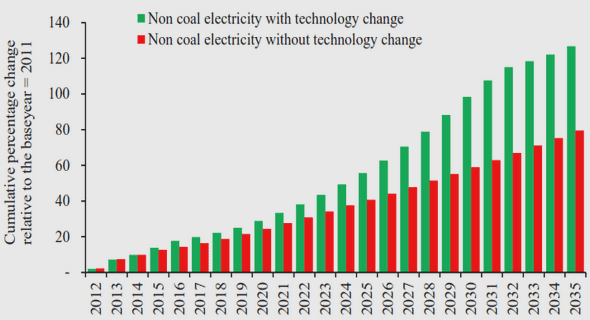(Downloads - 0)
For more info about our services contact : help@bestpfe.com
Table of contents
1 Introduction
1.1 Star Formation
1.1.1 Molecular clouds
1.1.2 Jets and outflows
1.1.3 Star formation in associations
1.1.4 Isolated star formation
1.2 H2 Molecule
1.2.1 Rovibrational transitions
1.2.2 Excited H2
1.2.3 Ortho/para ratio
1.3 H2 excitation mechanisms
1.3.1 H2 formation excitation
1.3.2 Shocks
1.3.3 Photo-Dissociation Regions
1.4 Orion
1.4.1 Outflows in the BN-KL nebula
1.4.2 Central engine
1.4.3 Observations of H2 emission in OMC1
1.4.4 Distance to Orion
1.4.5 Magnetic field
1.5 BHR71 and BHR137
1.5.1 BHR71 outflow
1.5.2 BHR137 outflow
1.6 Star formation in the Large Magellanic Cloud
1.7 Outline
2 Theoretical shock models
2.1 Model description
2.1.1 Input parameters
2.1.2 Output parameters
2.1.3 Shortcomings of the model
2.1.4 Future
2.2 Grid of models
2.2.1 Grid description
2.2.2 Model predictions
2.2.3 Verifying model results
2.2.4 Strategy for reproducing observations
2.3 3D model construction
2.3.1 Recipe for model construction
2.4 Concluding remarks
3 Observations of the Orion Molecular Cloud
3.1 Adaptive optics
3.1.1 Strehl ratio
3.2 Observation runs
3.2.1 CFHT December 2000
3.2.2 VLT/NACO-FP December 2004
3.3 Comparing emission maps of different lines
3.3.1 Image registration
3.3.2 Differential reddening
3.3.3 Atmospheric absorption
3.3.4 Relative calibration of line emissivities
3.3.5 Contamination from other lines
4 CFHT observations of OMC1: Results and discussion
4.1 o/p ratios and their relationship to v=1-0 S(1) and S(0)
4.1.1 Variations caused by differential extinction?
4.2 Observational constraints on models
4.3 PDR as a possible source of excitation
4.4 Shocks as a source of H2 excitation
4.4.1 C-type vs. J-type shocks
4.4.2 Different clases of data
4.4.3 Individual objects in region West
4.5 Concluding remarks
5 VLT observations of OMC1: Results and discussion
5.1 Comparison of CFHT and VLT data
5.1.1 Region West
5.1.2 Region North
5.1.3 Excitation temperature
5.1.4 Conclusion
5.2 2D bow shock model
5.2.1 Results and 2D model description
5.2.2 Shock model
5.2.3 Discussion of sources of error
5.2.4 Concluding remarks
5.3 Comparison with 3D bow shock model – a first iteration
5.3.1 Model input
5.3.2 Model results
5.3.3 Sources of Error
5.3.4 Next iteration
5.4 2D bow shock model of object 1
5.4.1 Observational results
5.4.2 2D model reproduction
5.4.3 Conclusion
5.5 Conclusion and outlook
6 VLT/ISAAC observations of BHR71 and BHR137
6.1 Observations and data reduction
6.2 H2 line results
6.2.1 BHR71
6.2.2 BHR137
6.3 Interpretation and discussion
6.3.1 BHR71
6.3.2 BHR137
6.4 Conclusion
7 Observations of N159-5, VLT/NACO
7.1 Observations and data reduction
7.2 H2 line results
7.3 Exciting source
7.4 Interpretation and discussion
7.5 Morphological model and comparison with galactic objects
7.6 Conclusion
8 Conclusions and outlook
8.1 Conclusions
8.1.1 Shock models
8.1.2 OMC1
8.1.3 BHR71 and BHR137
8.1.4 N159-5
8.2 Outlook
A Legends for figures
B Model input and outputs
C Model results for classes A1, A2, B and C and objects 1, 2 and 3
D Publications
List of Figures
List of Tables
Bibliography



